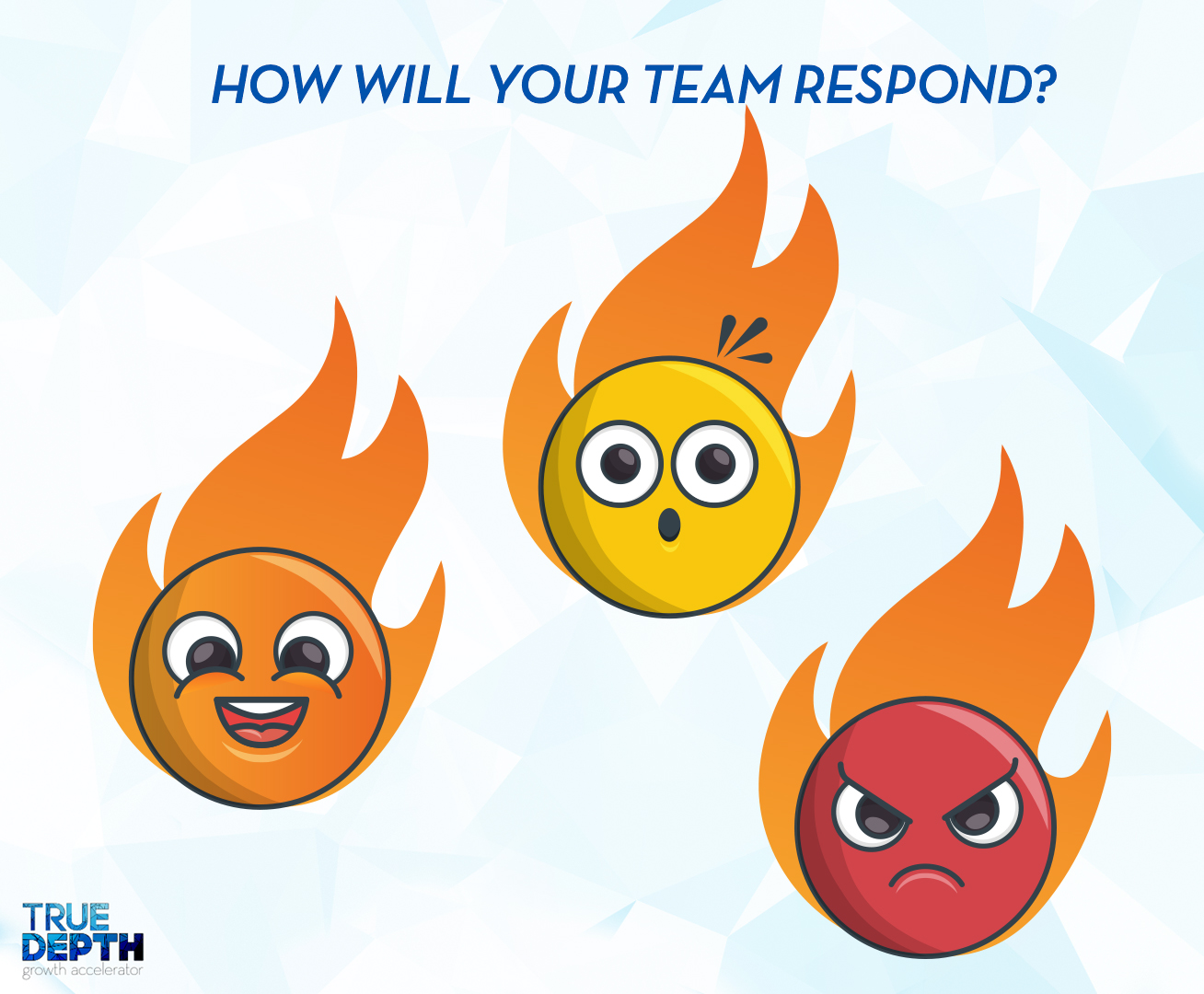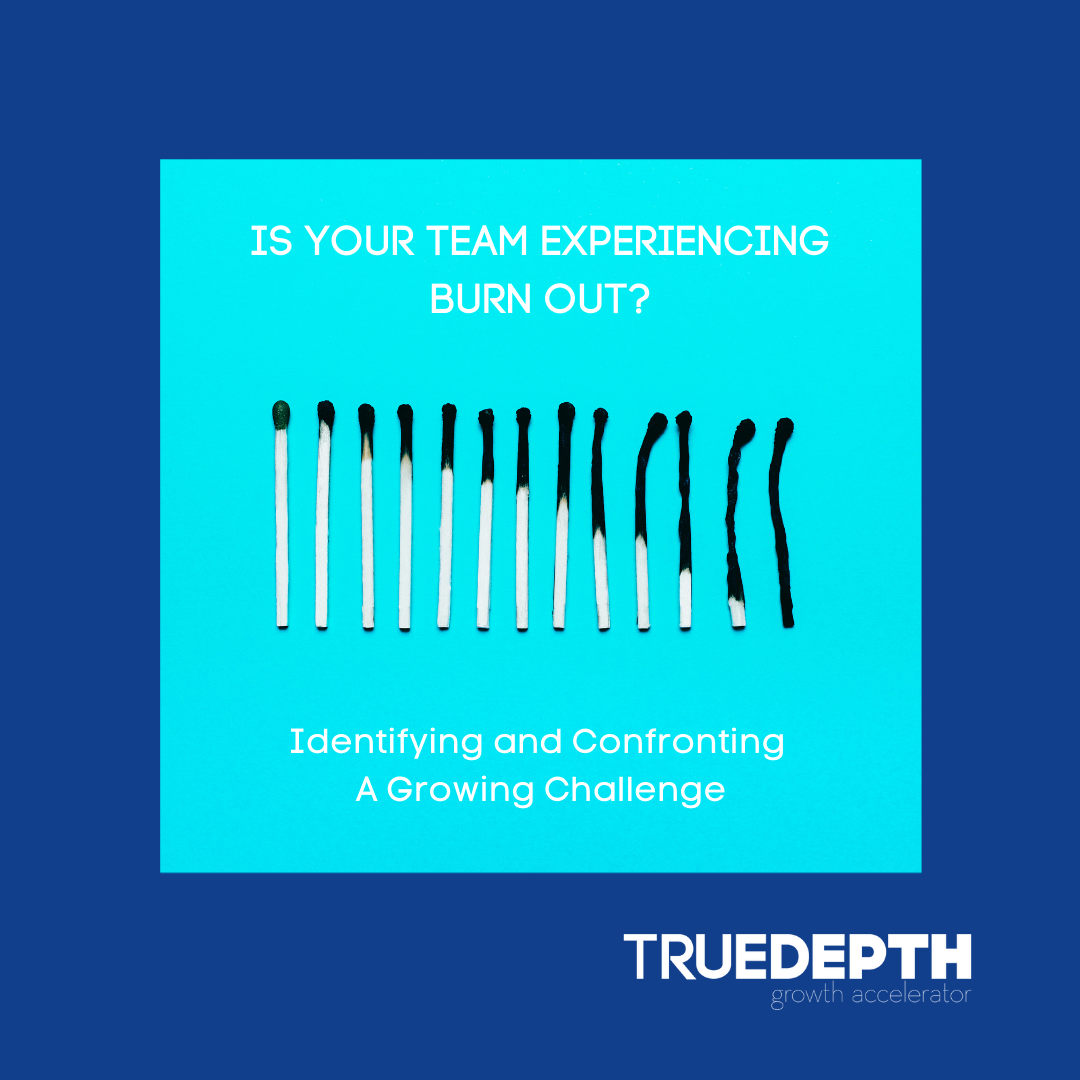You might be familiar with burnout as a term or have even felt the effects…
Who Leads The Battle Against Employee Burnout?
Whether it’s early mornings at the office playing catch up or spending extra time after work finishing tasks that were sidelined throughout the day, we’ve all had the occasional long day. For some, however, it’s a constant rinse-and-repeat routine. These endless series of long days often lead to what’s known as burnout syndrome.
Some of the more apparent signs and symptoms of burnout include:
- Exhaustion
- Insomnia
- Impaired concentration
- Anxiety
- Depression
- Loss of appetite
- Constant fidgeting
- Diminished immune response
The less obvious, but more significant? A shortened life expectancy.
For many, the current health crisis has exasperated work burnout. According to a survey conducted in July by Monster, more than two-thirds of employees are experiencing burnout, representing a 20% increase from a similar study in May.
Much of this is due to less than ideal remote working situations. Stress and financial fears and worries about layoffs during the pandemic also play a part. As COVID-19 continues to add additional burdens on teams, now more than ever, it’s vital to understand the causes of burnout and pinpoint ways to manage it.
How your company culture plays a role in preventing burnout.
There are few more broadly shared beliefs in our culture than the American work ethic. From a young age, we’re trained to believe that hard work and persistence are the keys to success. The goal is to work a little harder and be a little more persistent than the next person.
This idea has led to some spectacular achievements: Thomas Edison was legendary for his 100-hour workweeks. In his case, it led to the light bulb and the phonograph; in other instances, though, the result is cardiac arrest.
Perhaps the most insidious characteristic of job burnout is that most people don’t realize they’re suffering from it.
We’re talking about a slow-building, chronic condition whose effects mount over weeks, months, or years until it becomes a lifestyle.
That’s when the question must be asked:
Who’s responsible for stopping employee burnout in its tracks?
As counterintuitive as it may seem, companies have to lead this effort. Today’s collaborative, competitive, always-on workplaces are great when it comes to getting things done. But, while companies may be good at managing their human resources, they usually aren’t so good at conserving them.
Employees are left to their own devices to manage time, reduce stress, and prevent personal burnout, and many do so without adequate resources or recourses within the organization.
Indeed, they’re often powerless to fight back against corporate cultures in which overwork is not only the norm but celebrated as a badge of honor.
Overworking might give a bump to quarterly margins, but it’s lousy for business.
Burnout leads to high costs for companies, as well as employees. When avoidable damage is accruing to your most valuable asset—resulting in more sick time, disability claims, resignations, retirements, and deaths—it diminishes both a company’s value and its ability to compete.
Making your business a “burnout-free” zone.
Businesses need to take the driver’s seat in preventing burnout before it takes a significant toll. Developing tools and policies to reduce overwork, over-collaboration, and over-competition works in everyone’s best interest.
Smart employers are starting to recognize the importance of battling burnout with the same commitment they devote to loss or workplace injury prevention. To help create a more positive work environment, follow these best practices:
- Stop excessive collaboration. Only pull in colleagues relevant to the project at hand, and avoid committee voting or similar situations.
- Reduce unnecessary meetings. Resort to meetings only if there’s a clear need, and always have an agenda. Take stock in how much time you’re spending on meetings each week, and how many meetings result in additional meetings.
- Set clear expectations for your team. Provide answers at the upfront, so your team isn’t spinning wheels to get work done.
- Resist the urge to overload your high-potential, star employees. On the other end of the spectrum, don’t misinterpret an employee as a low-performer when they might be burned out.
- Educate your team. Discuss the risks of burnout openly, and encourage communication. Be sure not to confuse stress with burnout.
Ultimately, the solution to employee burnout is rooted in common sense. Businesses have to accept there’s more to success than the bottom line alone.
Those who cultivate healthy and balanced workplace cultures will emerge as the real winners in employee loyalty, business efficiency, and market value. And when they do, we’ll all be healthier and happier for it.
Think you or members of your team are experiencing burnout? Let’s connect on how True Depth can help you identify actionable strategies to prevent burnout before it affects your team and your business.



